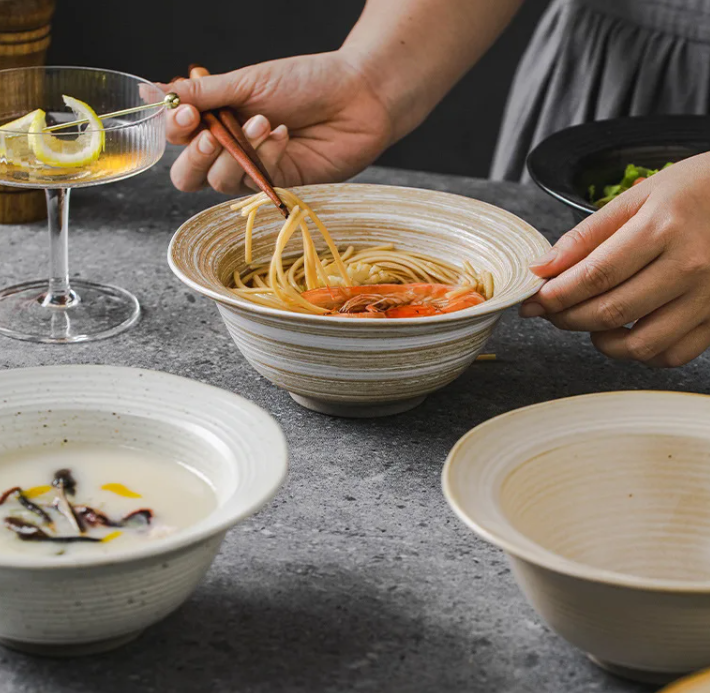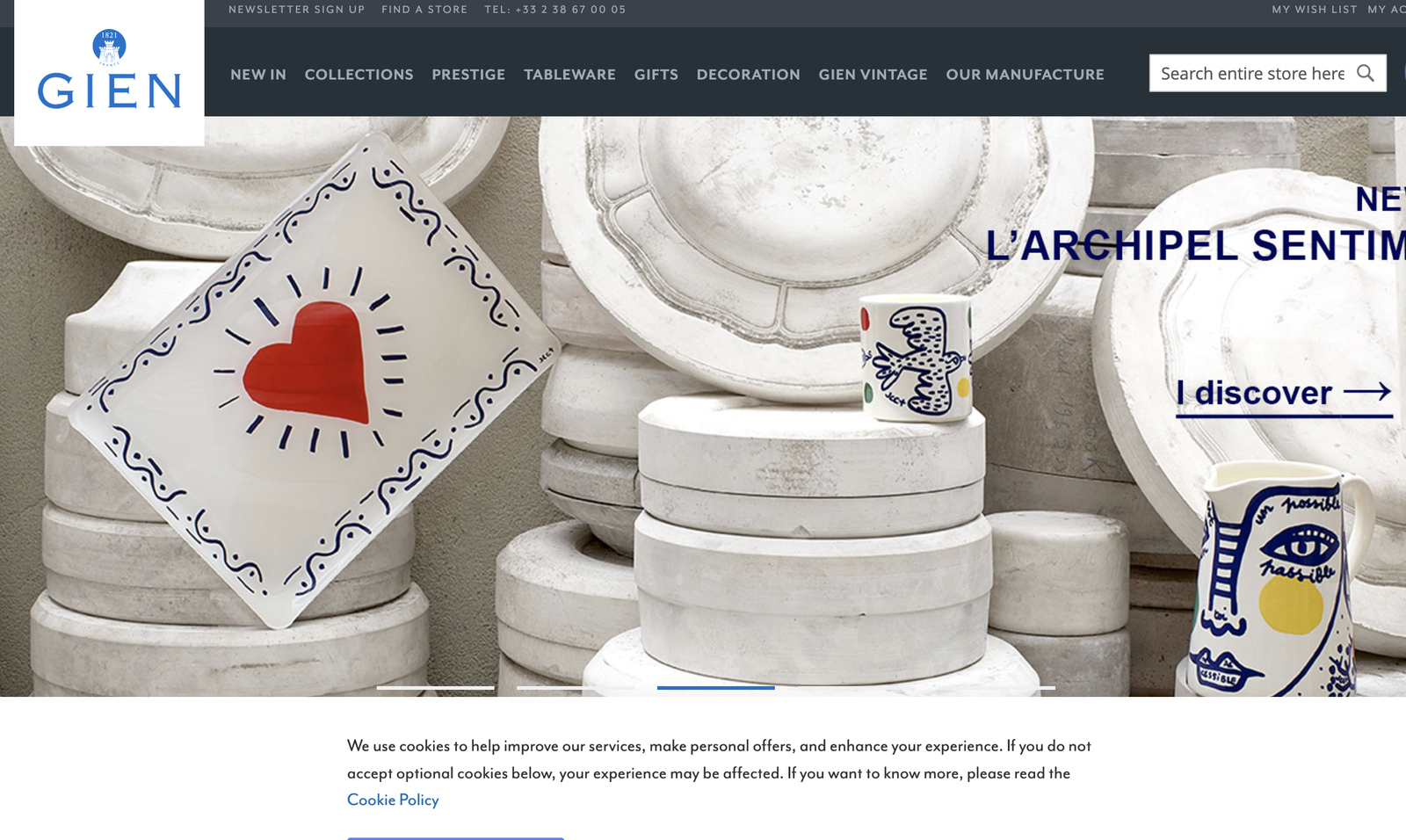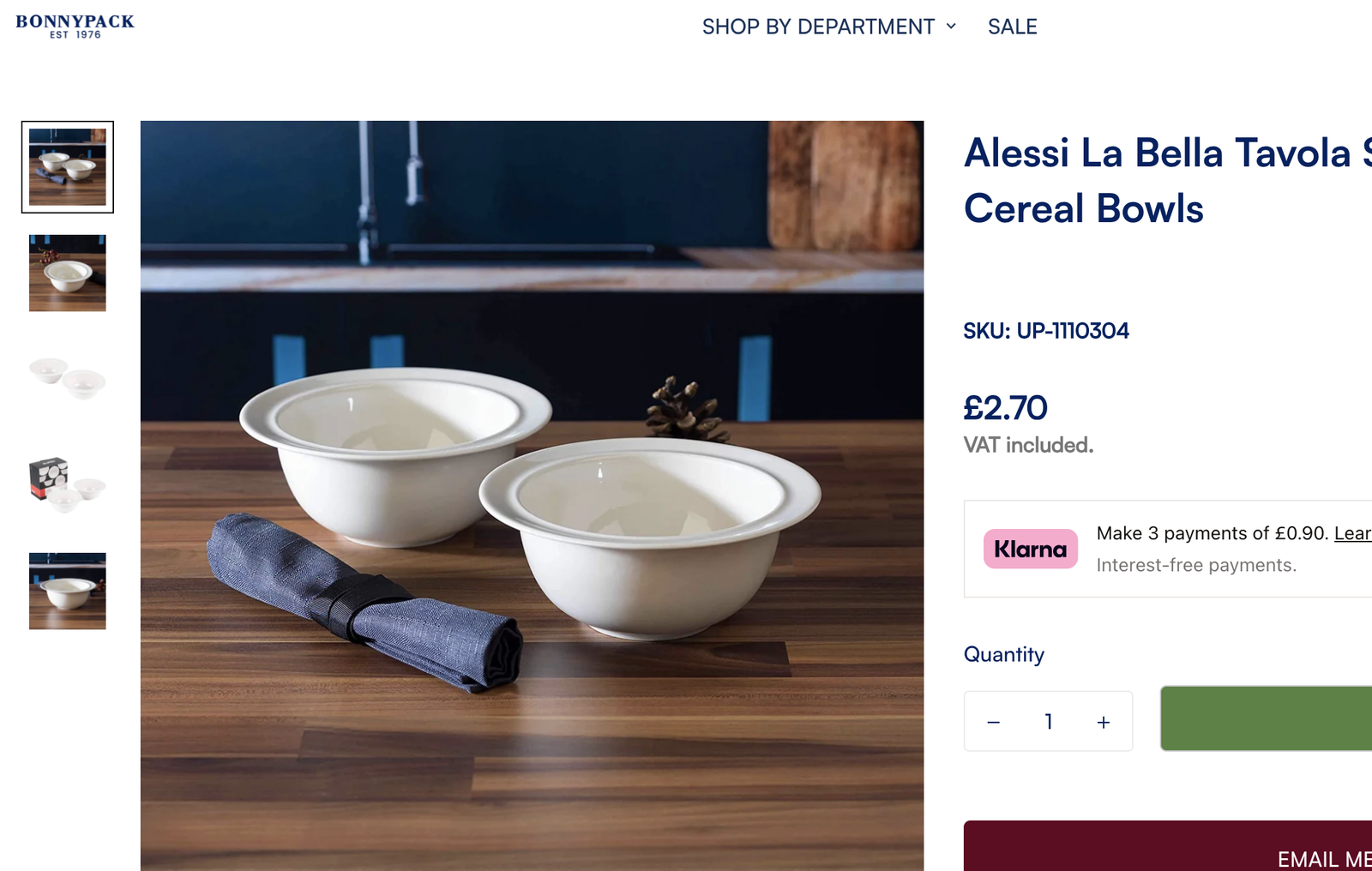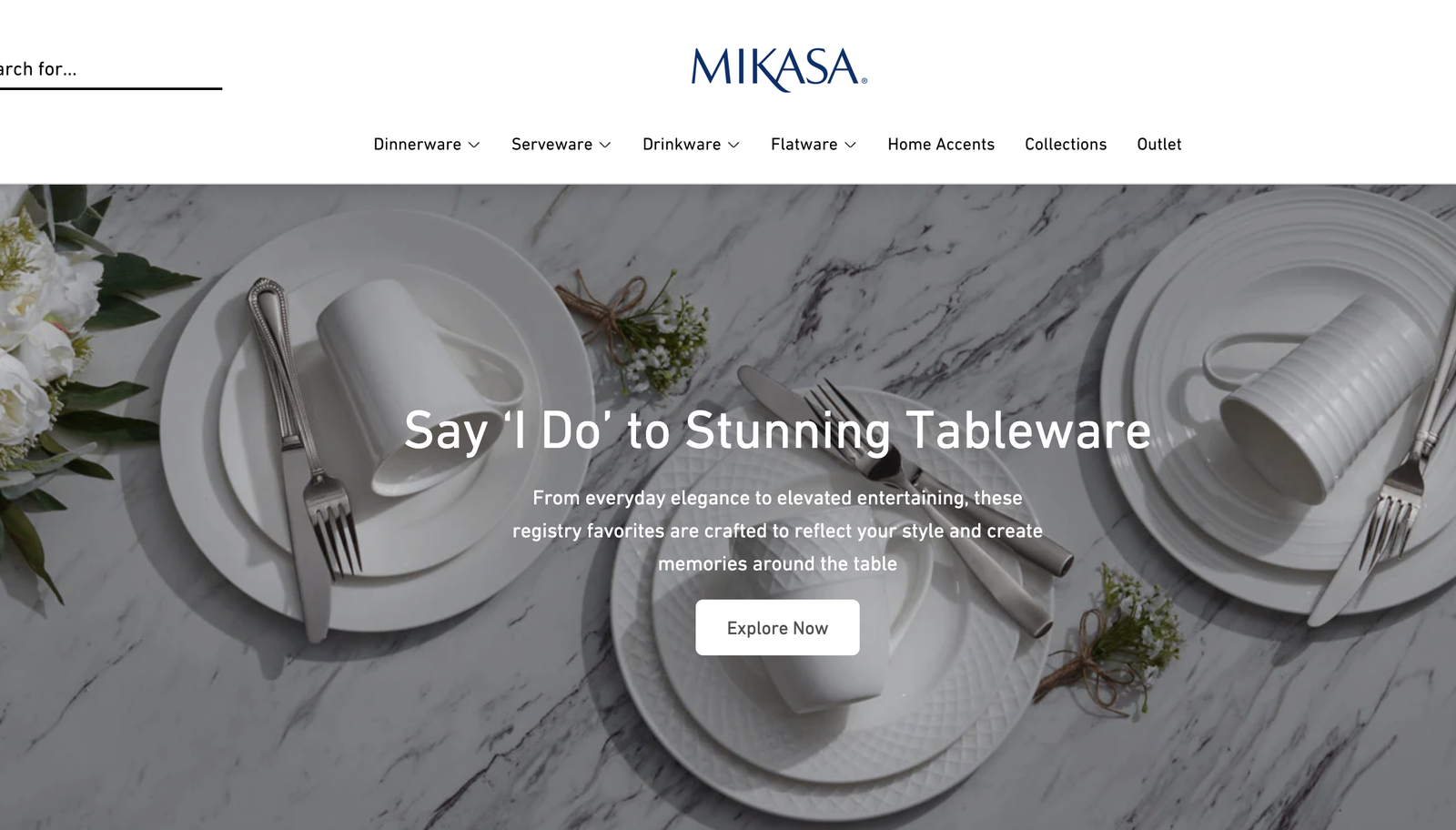When you think of a bowl of noodles, what comes to mind? Maybe it’s a steaming bowl of ramen, a comforting pho, or even a savory pad Thai. Noodle bowls are not just functional—they’re a key element in elevating your dining experience. But beyond their basic purpose, there are some interesting details you might not know about noodle bowls that can change the way you enjoy your favorite noodle dishes.
Today, we’ll explore six things about noodle bowls that may surprise you. By the end, you’ll not only be more knowledgeable but also appreciate the beauty and functionality of these iconic dining vessels. So, grab your chopsticks (or spoon) and let’s dive in!
1. Noodle Bowls Have a Rich History
Did you know that noodle bowls are as old as noodles themselves? Noodles have been a staple in many cultures for thousands of years. The earliest mention of noodles dates back to ancient China, where historians believe they were first made over 4,000 years ago. However, noodle bowls were not just born out of necessity—they were designed to accommodate the growing popularity and variation of noodles in different cultures.
For instance, Japanese ramen bowls are larger and deeper compared to their Chinese counterparts, allowing for a higher volume of broth and noodles. In contrast, Thai noodle bowls are often wider and more shallow, designed for the quick and easy mixing of ingredients like herbs, lime, and chili.
2. The Perfect Noodle Bowl Isn’t Just About Size
While it’s true that noodle bowls come in all sizes, the perfect noodle bowl isn’t just about how much it can hold. It’s about creating the ideal balance between the ingredients inside and the overall dining experience. When it comes to noodle bowls, the shape and depth of the bowl play a crucial role in preserving heat, ensuring the noodles stay warm longer. A bowl that’s too shallow will let heat escape quickly, while a deeper bowl retains the warmth of the broth, ensuring every slurp is as satisfying as the first.

The rim of the bowl is equally important. A slightly flared rim helps guide noodles up as you bring them to your mouth, reducing the chance of spills or noodles slipping out. This might sound like a small detail, but when you’re enjoying a hot bowl of noodles, every little improvement matters!
3. Material Matters: Why Ceramic Is a Top Choice
When it comes to noodle bowls, the material you choose can have a significant impact on the eating experience. While plastic or metal bowls may be cheaper, they lack the insulating properties of ceramic bowls. Ceramic bowls, especially those made from high-quality porcelain or stoneware, have an exceptional ability to maintain the temperature of your noodles and broth for longer periods. Additionally, ceramic bowls add a sense of elegance and authenticity to your dining experience, making each meal feel like a special occasion.

But not all ceramics are created equal. High-quality porcelain is known for its smooth finish and delicate feel, while stoneware tends to be more rustic and sturdy. Both materials have their benefits, depending on the type of noodle dish you’re enjoying.
4. Noodle Bowls Aren’t Just for Noodles
This might be the most surprising thing about noodle bowls—they can be used for much more than just noodles! These versatile bowls can also be used for soups, stews, salads, rice dishes, and even desserts like shaved ice. Their large surface area and deep design make them perfect for holding a variety of dishes, from rich broths to colorful salads or fresh sushi rice. In fact, many restaurants use the same bowl for various types of dishes, allowing them to simplify their kitchen operations while providing customers with a cohesive dining experience.
5. Global Brands: How Different Cultures Influence Noodle Bowl Design
Noodle bowls aren’t just a part of one specific cuisine; they’re an international phenomenon. While their design and purpose may vary by country, one thing remains constant: they are central to the dining experience.
Popular Global Noodle Bowl Brands
Here are five brands from around the world that are known for creating high-quality noodle bowls:
| Country | Brand | Notable Features |
|---|---|---|
| Japan | Mikasa | Mikasa offers fine porcelain noodle bowls with an elegant design, often featuring traditional Japanese patterns. Their bowls are known for their superior craftsmanship and ability to retain heat, making them perfect for noodle dishes like ramen or udon. |
| South Korea | Doore | A popular brand in Korea, Doore specializes in modern ceramic noodle bowls with minimalist yet bold designs. Their bowls are known for their durability and sleek, contemporary style, perfect for both everyday meals and special occasions. |
| Thailand | Porcelain Studio | Based in Bangkok, Porcelain Studio focuses on high-end, handcrafted noodle bowls with detailed Thai motifs and vibrant colors. Their bowls are designed to elevate the noodle-eating experience, combining artistic beauty with functional design. |
| Italy | La Bella Tavola | La Bella Tavola is an Italian brand that focuses on premium ceramic noodle bowls with an emphasis on timeless design. Their noodle bowls are often used in fine dining settings, offering a mix of rustic charm and modern elegance. |
| France | Gien | Gien’s French porcelain noodle bowls are known for their intricate designs and fine craftsmanship. Drawing from centuries of pottery tradition, their bowls feature elegant patterns and are perfect for adding a touch of French sophistication to any meal. |
These brands showcase the diversity in noodle bowl design and how different cultures blend aesthetics with functionality.
6. The Role of Noodle Bowls in Modern Kitchens
In today’s kitchens, the noodle bowl has taken on a more decorative role, as well as a functional one. With the rise of food photography and social media, a beautifully presented dish is just as important as the flavor. Noodle bowls, with their rich textures, colors, and shapes, can transform a simple noodle dish into something visually striking. Whether you’re enjoying a bowl of miso ramen or a spicy pho, the right noodle bowl can elevate the entire dining experience.
Not only do these bowls look beautiful, but they’re also built to last. With a variety of finishes—from matte to glossy—there’s a noodle bowl to suit every taste and kitchen style. As more people embrace international cuisines at home, the noodle bowl has become a staple piece of dinnerware in modern kitchens around the world.
Conclusion
As you can see, noodle bowls are much more than simple vessels for holding noodles. They have a rich history, a thoughtful design, and are versatile enough to be used in a variety of dishes. Whether you prefer traditional ceramics or modern porcelain, the right noodle bowl can enhance your culinary experience, preserving heat, showcasing your food, and even adding an artistic touch to your kitchen.
If you’re looking for high-quality noodle bowls for your restaurant, kitchen, or home, consider exploring the wide variety of options available in the market. Whether you’re interested in bulk orders or custom designs, many manufacturers offer OEM and ODM services to meet your needs.
FAQ: Frequently Asked Questions
1. What’s the difference between porcelain and stoneware noodle bowls?
- Porcelain is smoother, thinner, and more delicate, while stoneware is thicker, more rustic, and offers better heat retention. Both have their benefits depending on personal preference and the type of dish being served.
2. Can I use a noodle bowl for other types of dishes?
- Absolutely! Noodle bowls are incredibly versatile and can be used for soups, salads, rice dishes, or even desserts like ice cream or shaved ice.
3. Why are some noodle bowls so expensive?
- High-end noodle bowls made from premium materials like fine porcelain or hand-painted ceramics tend to be more expensive due to the craftsmanship and quality of the materials used.
4. What should I look for when buying a noodle bowl?
- Look for the bowl’s material, size, shape, and heat retention properties. Also consider how the design fits with your kitchen aesthetic and whether it can handle the type of dishes you plan to serve.
5. How do I care for my noodle bowls?
- To ensure long-lasting use, wash your ceramic noodle bowls gently by hand or in a dishwasher on a delicate setting. Avoid using harsh abrasives to prevent damaging the finish.
Noodle bowls aren’t just for noodle enthusiasts—they’re a staple in kitchens worldwide, offering both practicality and beauty. Whether you’re a home chef, a restaurateur, or a cross-border e-commerce seller, these bowls offer the perfect way to enhance the dining experience.




